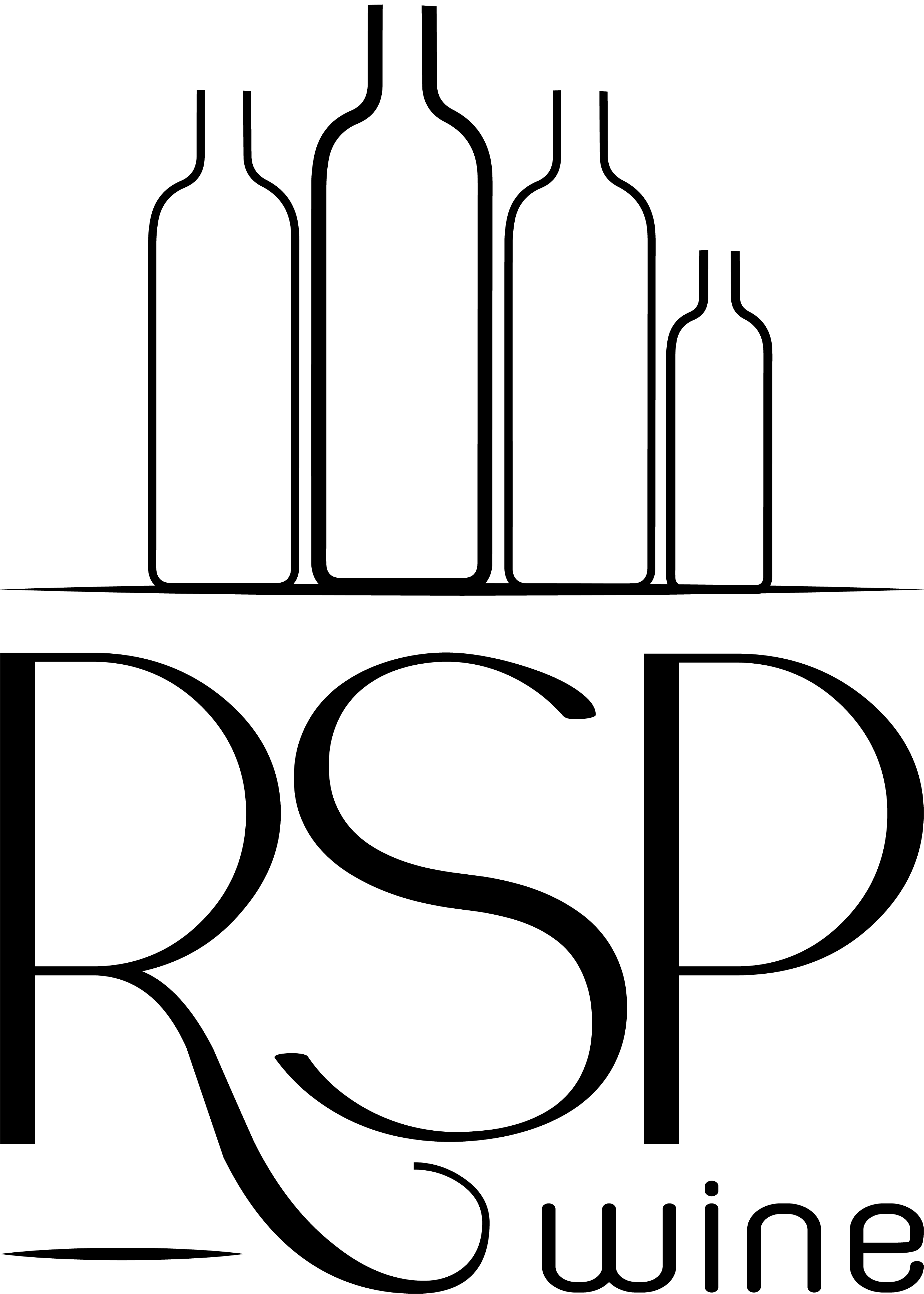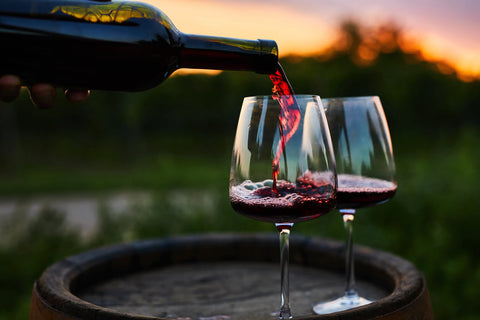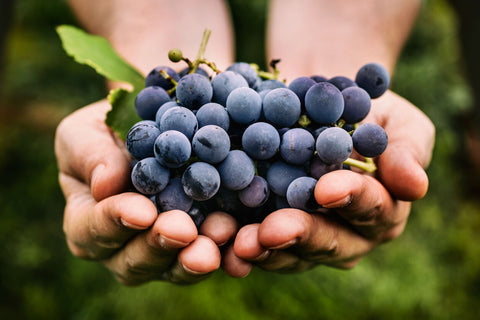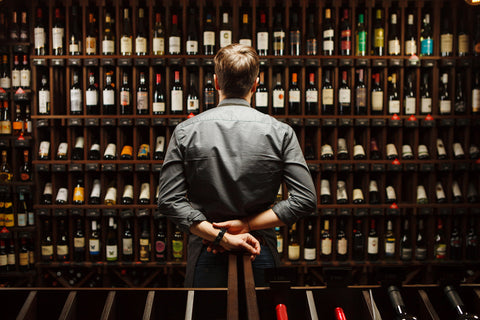Understanding the different dosages of Champagne
Champagne, synonymous with celebration and elegance, hides behind its effervescence a diversity of nuances that are often overlooked.
Today, we will explore the subtleties of different dosages of Champagne, from driest to sweetest, to better understand how these variations influence the taste experience as well as culinary pairings.
THE DIFFERENT DOSAGES OF CHAMPAGNE

Brut Nature Champagne: Brut Nature Champagne, also called “Zéro Dosage” or “Non Dosé”, is the driest Champagne of all. It contains less than 3 grams of sugar per liter, which gives it incomparable purity and freshness. The absence of residual sugar highlights the clarity of the aromas and the liveliness of the wine's natural acidity.
Champagne Extra-Brut : Champagne Extra-Brut is slightly sweeter than Champagne Brut Nature, with a dosage of between 0 and 6 grams of sugar per liter. This small amount of sugar helps preserve the freshness and finesse of the wine, while offering a slight roundness. mouth.
Champagne Brut : Champagne Brut is the most common and popular style. With a dosage of up to 12 grams of sugar per liter, it offers a perfect balance between freshness, fruity and roundness. This subtle sweetness highlights the aromas of the wine without masking its natural liveliness.
Extra-Dry Champagne : Extra-Dry Champagne, despite its name, is actually sweeter than Brut. Its dosage varies from 12 to 17 grams of sugar per liter, providing a slightly sweet sensation in the mouth. This moderate sweetness makes it a popular choice for those preferring sweeter wines.
Dry Champagne: Dry Champagne lives up to its name. It is even softer than Extra-Sec. With a dosage of between 17 and 32 grams of sugar per liter, it offers a more pronounced sweetness, balanced by a lively acidity. This style of Champagne is particularly suitable for fruity desserts and Asian dishes.
Champagne Demi-Sec: Champagne Demi-Sec is decidedly sweet, with a dosage ranging from 32 to 50 grams of sugar per liter. Its velvety roundness and ripe fruit aromas make it an ideal companion for rich, creamy desserts, as well as moments of sweeter celebration.
Doux Champagne: Finally, Doux Champagne is the sweetest of all with its dosage exceeding 50 grams of sugar per liter. It offers an explosion of sweetness and richness on the palate, often associated with aromas of honey, candied fruit and spices. This style of Champagne is reserved for the most gourmet palates and goes wonderfully with the most opulent desserts.
GRAPES ACCORDING TO DOSAGES
Each dosage of Champagne can be made from different combinations of grape varieties, but certain grape varieties remain more commonly associated with specific dosages.
Brut Nature / Extra-Brut: Chardonnay, with its freshness and elegance, is often favored in low-dosage Champagnes, but you can also find vintages made from Pinot Noir or Pinot Meunier.
Brut / Extra-Dry / Dry: The Pinot Noir and Pinot Meunier grape varieties are widely used in these styles of Champagne, providing richness and structure, while Chardonnay contributes elegance and finesse.
Demi-Sec/Sweet: Sweeter Champagnes are often made from richer, fruitier grape varieties such as Pinot Meunier and Pinot Noir to complement the sweetness of the wine.

FOOD AND CHAMPAGNE PAIRINGS ACCORDING TO DOSAGE
Brut Nature / Extra-Brut: Cess Champagnes go perfectly with seafood, oysters, sushi or even as an aperitif to whet the appetite.
Brut / Extra-Dry / Dry: These Champagnes are versatile and can be enjoyed alone or with a wide variety of dishes, hors d'oeuvres, poultry or even cheeses.
Demi-Sec / Sweet: These Champagnes are ideal to accompany sweet desserts such as fruit tarts, crème brulées as well as chocolate desserts.

CHAMPAGNE LIQUEUR: WHAT IS IT?
Champagne liqueur, commonly referred to as "expedition liqueur", is a mixture of sugar and wine, intended to regulate the dosage of Champagne before bottling. Made from reserve wine, cane sugar and possibly brandy, this liqueur is carefully added to the base wine just after disgorging and before the second fermentation process in the bottle.
This step is crucial, not only to give the Champagne its famous bubbles but also to precisely determine the final residual sugar level.

CONCLUSION
To conclude, we strongly invite you to explore the different types of champagnes and their dosages! By exploring the different nuances, you will immerse yourself in a rich universe where softness and liveliness combine to offer unique sensory experiences. Whether you love the pure freshness of Brut Nature or the opulent sweetness of Champagne Doux, there is a champagne for every occasion and for every palate. Health 🥂
You can discover and order our exceptional Champagnes directly on our online store.





Comments (0)
There are no comments for this article. Be the first one to leave a message!